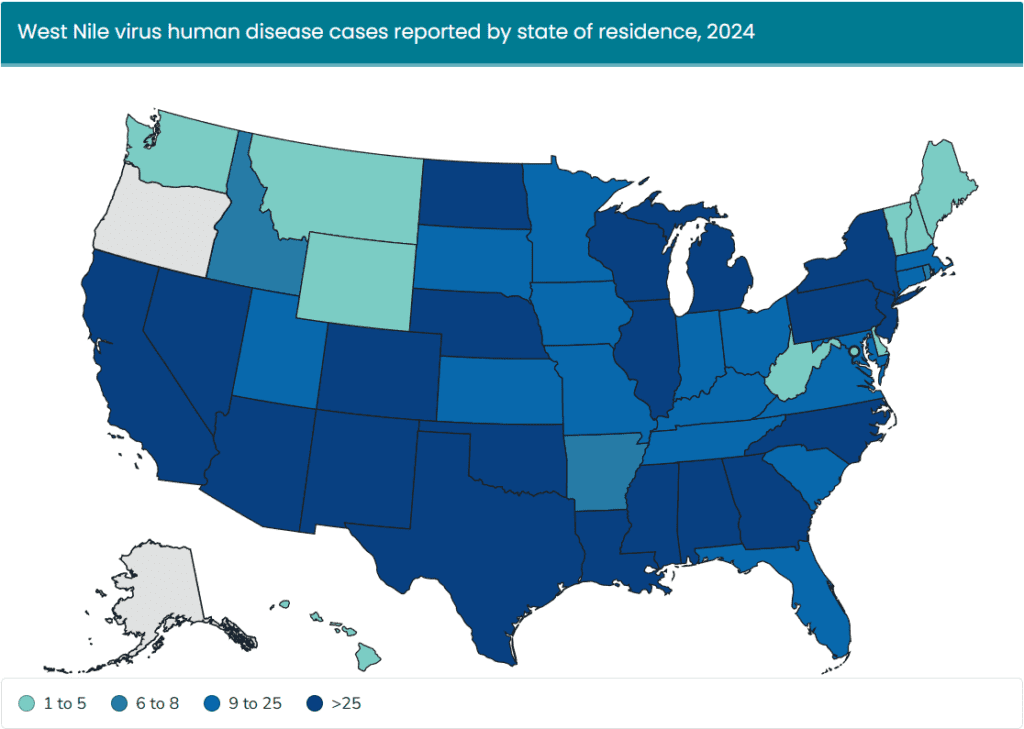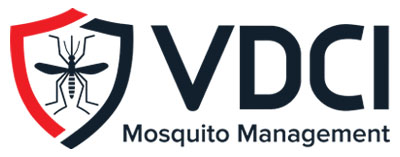What is West Nile Virus and How Does it Spread?
West Nile virus (WNV) is a mosquito-borne arbovirus that was discovered in 1927 in the West Nile sub-region of Uganda. The first serious outbreaks of WNV occurred in the mid-1990s in Algeria and Romania. The virus was introduced in the United States in 1999, with the first case being identified in New York City. prevention.
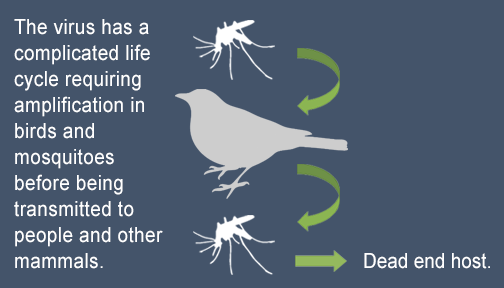
That year, 62 human cases, 25 horse cases, and countless bird diagnoses were reported in New York State. The CDC has since received more than 40,000 reports of people affected with WNV in the lower 48 states, making it the most common virus transmitted by mosquitoes to humans in the U.S. Because only a portion of all cases are reported, the CDC believes the actual number of illnesses may be as high as 700,000. Understanding the West Nile virus and its symptoms is critical for public health and prevention.
West Nile virus is typically transmitted to humans by mosquitoes that have previously fed upon an infected bird. While over 150 species of mosquitoes have been known to carry the virus, the main West Nile virus mosquito vector species in the U.S. are Culex pipiens, Culex tarsalis, and Culex quinquefasciatus. These mosquitoes are all active at night, and most cases of infection occur during the summer months. Transmission of the virus has occurred in a very small number of cases through blood transfusion, organ transplant, and breastfeeding; however, West Nile virus is not transmitted from person-to-person or from animal-to-person through casual contact. This makes mosquito surveillance essential for monitoring West Nile virus mosquito populations.
Signs and Symptoms of West Nile Virus
Common Symptoms
The majority of people infected with West Nile virus, about four out of five, will experience no symptoms at all. For those who do, approximately 20% may develop common flu-like symptoms, including fever, headache, nausea, muscle pain, swollen lymph glands, stiff neck, rash, sleepiness, or disorientation.
Severe Symptoms
In rare cases, less than 1% of those infected with West Nile virus may develop severe complications such as West Nile encephalitis or meningitis. These conditions can lead to serious symptoms, including coma, tremors, convulsions, paralysis, and even death. Early recognition and medical attention are crucial for managing these severe cases.
Treatment of West Nile Virus Infection
- Rest and acetaminophen are commonly recommended for alleviating West Nile virus symptoms.
- There is currently no WNV vaccine available.
- People with mild West Nile virus symptoms typically recover completely within several weeks.
- Those with severe West Nile virus symptoms are often hospitalized to receive supportive treatment and close care.
- If you believe that you or a family member might have a West Nile virus infection, consult a physician immediately.
- If you suspect you have contracted the virus after a bite from a West Nile virus mosquito, seek medical attention promptly.
Severe Neurological Diseases Caused by West Nile Virus
Severe cases of WNV infection can affect the central nervous system and result in a number of serious neurological diseases.
West Nile encephalitis, West Nile meningitis, and West Nile poliomyelitis are all diseases that cause inflammation of the brain and/or spinal cord and the surrounding tissues. These diseases can be debilitating or, in some cases, even deadly.
West Nile Virus and the United States
As of January 14, 2025, the Centers for Disease Control and Prevention (CDC) reported that 49 out of 50 states and the District of Columbia had reported West Nile virus (WNV) infections in people, birds, or mosquitoes during 2024. In total, there were 2,445 human cases of WNV reported, with 165 (6.8%) confirmed deaths. This data indicates an increase in WNV cases and highlights the impact of WNV on public health in 2024. Notably, there was an increase in lives lost compared to the 66 (9%) confirmed deaths in 2020 and the 60 (6.2%) confirmed deaths in 2019.
A Global View of West Nile Virus
West Nile virus is the cause of the largest outbreak of neuro-invasive disease ever observed. The virus can be found throughout Africa, regions of Europe and the Middle East, West Asia, Australia, Canada, Venezuela, and the United States. Outbreak areas are typically found along major bird migratory routes, with the largest outbreaks having occurred in Greece, Israel, Russia, Romania, and the United States. Since there is no vaccine for humans, the only way to reduce the spread of West Nile virus is by educating the public about West Nile virus symptoms and raise awareness around mosquito bite prevention and to implement mosquito surveillance and control programs in at-risk areas.
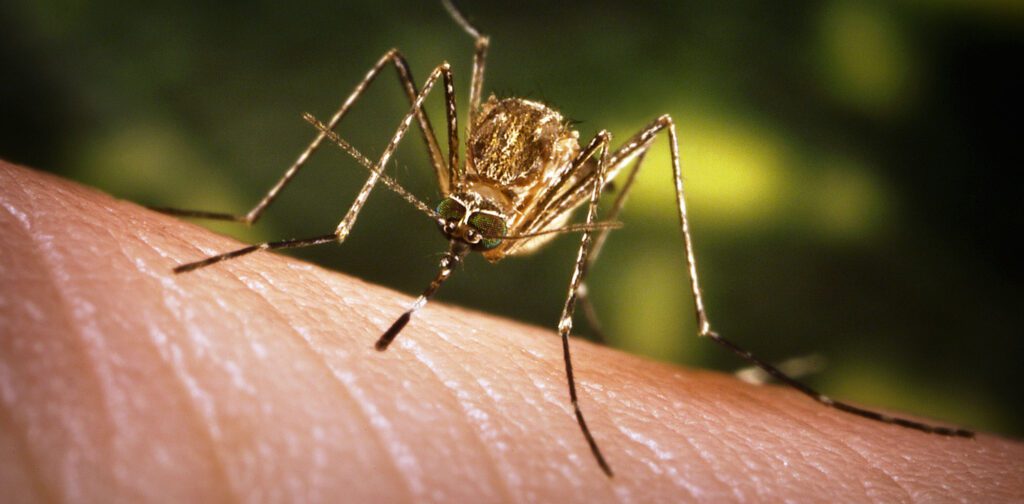
Know Your Culex Mosquitoes
The Culex species of mosquito is the primary West Nile virus mosquito responsible for spreading the disease. The main vector species in the U.S. are Culex pipiens, Culex tarsalis, and Culex quinquefasciatus. These mosquitoes typically feed from evening to morning.
Culex pipiens, commonly known as the Northern House Mosquito, is found mainly in the Eastern U.S. It is a medium-sized mosquito with a brownish or grayish body and brown wings. Their larvae thrive in containers of stagnant, polluted water, and thus these mosquitoes are the primary target of the campaign to drain backyard sources of standing water as a way to reduce the incidence of WNV. In addition to WNV, Culex pipiens is a known carrier of St. Louis encephalitis, Western Equine encephalitis, and heartworm in dogs.
Culex tarsalis lives throughout the U.S., but is found mainly in the Midwest and West. It is a black mosquito distinguished by a white band on its proboscis, as well as white stripes along its middle and hind legs. Culex tarsalis is most active in the few hours after sunset.
Culex quinquefasciatus, the Southern House Mosquito, can be found in the southeastern region of the U.S. It is a medium-sized mosquito that is brown in color, and is a vector of WNV, St. Louis encephalitis, Western Equine encephalitis, and avian malaria.
These mosquitoes play a vital role in the transmission of West Nile virus, making them a significant focus of mosquito management programs
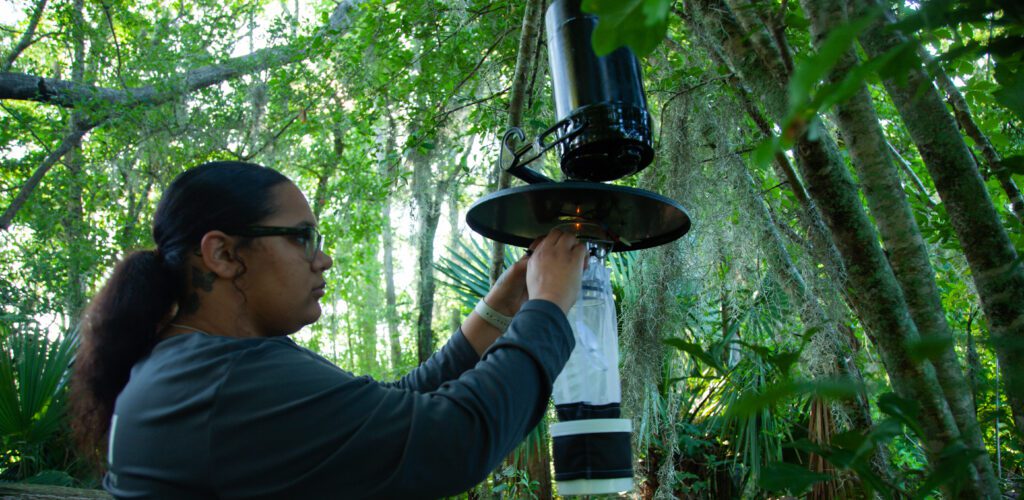
Controlling Culex Mosquitoes and West Nile Virus
An Integrated Mosquito Management (IMM) program is essential for controlling the West Nile virus mosquito and preventing the transmission of vector diseases. As part of an effective IMM program, VDCI recommends a 4-pronged approach to target all phases of the mosquito’s life cycle. These measures target all stages of the West Nile virus mosquito life cycle to help reduce the spread of West Nile virus.
1: Public Education
Mosquito control professionals can only do so much, and this is why we rely on a well-educated public in order to have a successful mosquito control program. Educating the public empowers people to take control of the mosquitoes breeding in their back yard and gives them the tools needed to reduce mosquito annoyance.
2: Surveillance
Surveillance allows us to detect mosquito species in a given area as well as any changes in populations. With this valuable data, we are able to more effectively time larvicide applications and more accurately target adulticide activities.
3: Larval Mosquito Control
Our trained field technicians inspect both known sources of standing water and any newly discovered sites for the presence of mosquito larvae. Eliminating mosquitoes prior to their becoming adults is an important element of controlling West Nile virus and other mosquito-borne diseases because it stops mosquitoes before they acquire the virus and have the opportunity to transmit it to people.
4: Adult Mosquito Control
When necessary, adulticide applications are conducted with EPA-approved pesticides that are used in the safest and most environmentally sound way possible. Additionally, VDCI regularly tests adult mosquitoes and takes all appropriate measures to prevent them from developing resistance; thereby, minimizing the number of applications needed to control the population.
Learn more about how to identify West Nile virus symptoms and protect your community from the West Nile virus mosquito with effective management solutions.
VDCI is a company built on the foundations of public health, ethics, professionalism, and technical expertise. We establish vector management programs that are based on an understanding of the underlying vector’s ecology and rooted in the current science of environmentally sound control measures.


